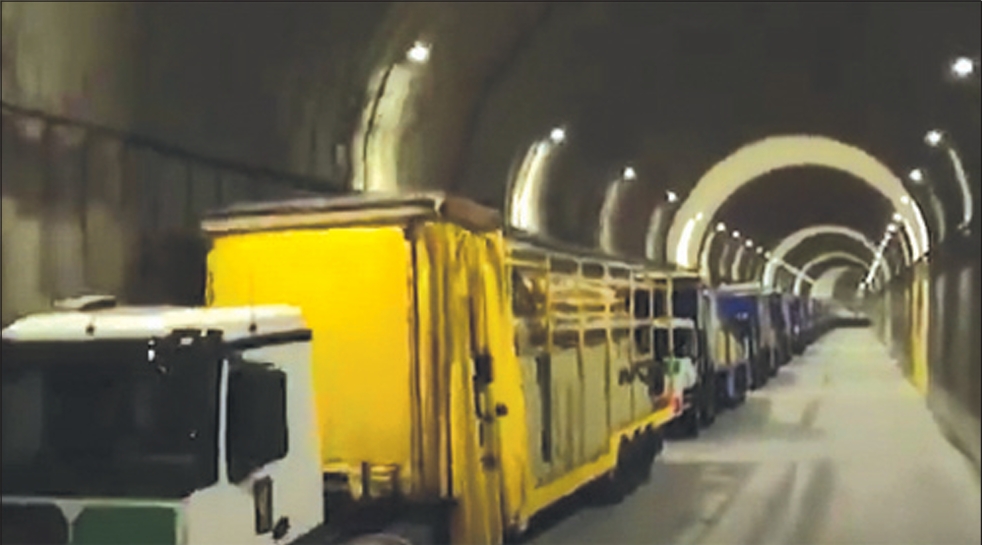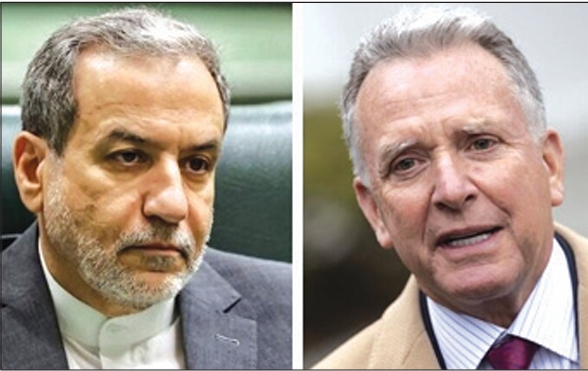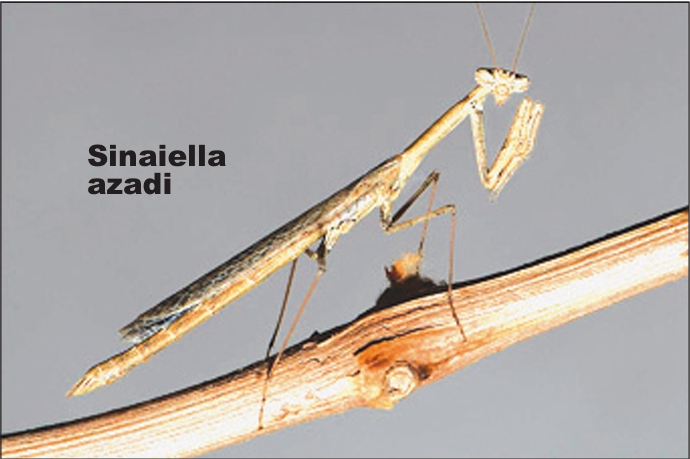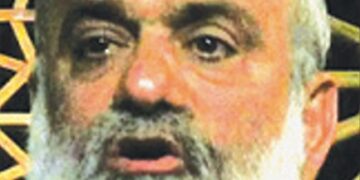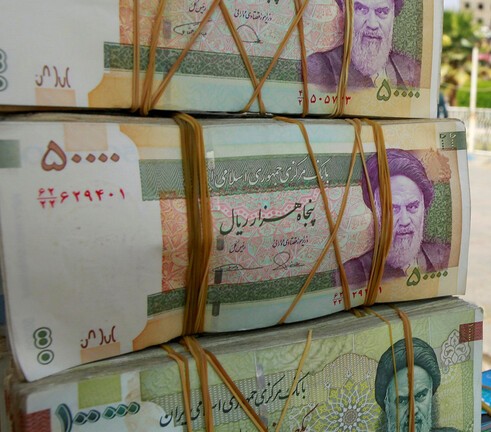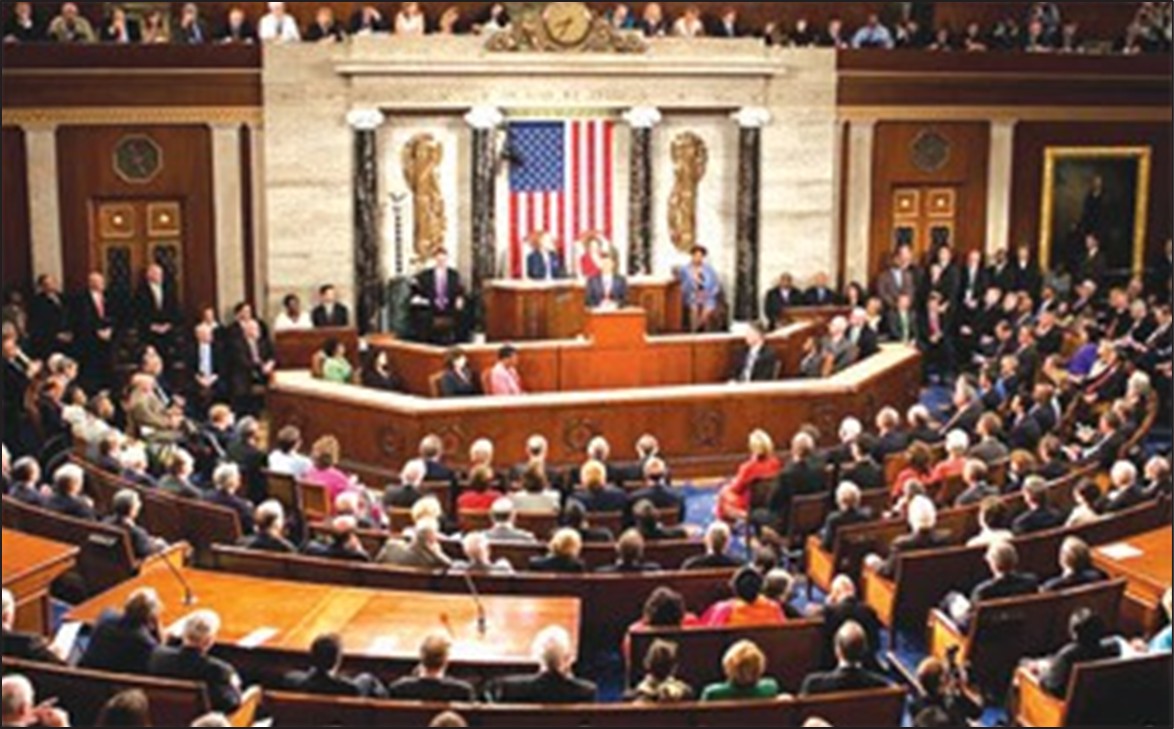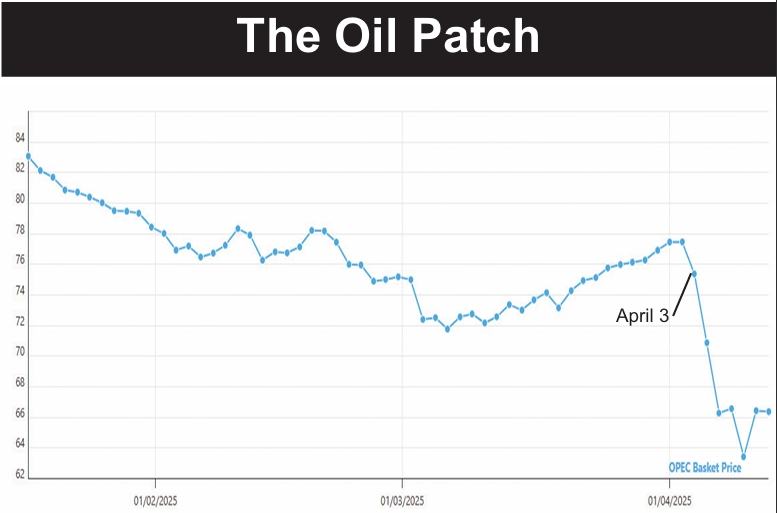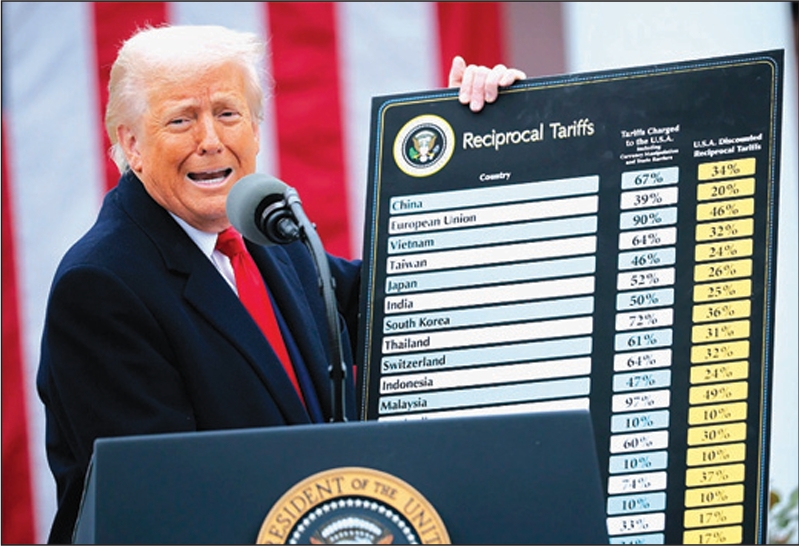The Associated Press said the report was in the hands of the International Atomic Energy Agency (IAEA) in Vienna. The AP said it was told about the report by an official of an IAEA member state.
The official told the AP the Iranian scientific report warns that “data collected since the year 2000 shows the incontrovertible risks of establishing nuclear sites in the proximity of fault lines” in 20 provinces, including Khuzestan.
Khuzestan is the location of Darkhovin, where Iran has announced it plans to build its next nuclear power reactor. Iran has said it plans about 20 power reactors, but has not publicly identified any sites beyond Darkhovin.
The AP story did not name the other 19 provinces.
Iran’s first nuclear power reactor, just turned on last week by the Russians, is located in Bushehr province, an earthquake prone zone. During the revolution, many people criticized that site as unsafe because of seismic activity. That was one reason the new revolutionary government canceled the program in 1979, although it revived it a few years later.
The AP said the scientific report was first drafted in 2005 and focused just on Khuzestan province. It was updated in 2010 and again earlier this year with data on earthquakes all across Iran over the last decade.
The AP said the official told it that a senior committee reviewed the report, rejected its findings and ordered it suppressed.
The review committee, it said, was comprised of President Ahmadi-nejad, Pasdar Commander Mohammad-Ali Jafari, Supreme National Security Council Secretary Saeed Jalili and Fereydun Abbasi, the chief of the Atomic Energy Organization of Iran.
The meeting ordered plans to build 20 more nuclear reactors to continue. It also ordered that the report be deleted from the computers at Tehran University’s Geographic Institute, the official told the AP.


